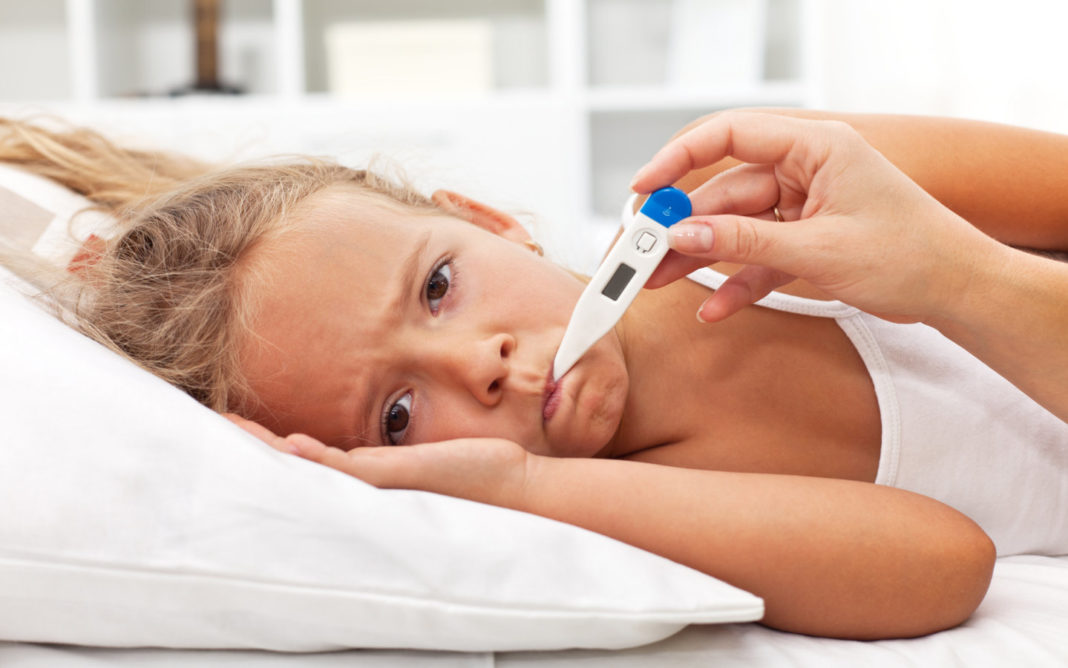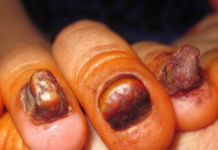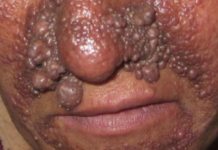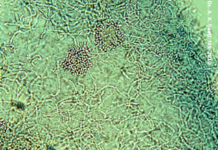A study recently published in JAMA Dermatology has drawn connections between mucocutaneous features and multisystem inflammatory syndrome in children (MIS-C), which is largely associated with COVID-19.
The researchers from New York University Grossman School of Medicine analyzed cases of 35 hospitalized children who had been diagnosed with MIS-C. The median age of the patients was 2 years and a larger portion were Black and Latino.
Eighty-three percent of patients had mucocutaneous symptoms that lasted from mere hours to days. Some of the most common conditions were conjunctival injection, palmoplantar erythema, lip hyperemia, periorbital erythema and edema, strawberry tongue, and malar erythema. On average, physicians identified the mucocutaneous findings 2.7 days after the child had developed a fever. Despite the perplexing nature of some of these conditions, having mucocutaneous features didn’t indicate whether or not the disease was severe.
“Although most children experience mild illness or no illness from SARS-CoV-2, some develop MIS-C after symptomatic or asymptomatic infection,” wrote the researchers. “Timely recognition of this syndrome is critical so that appropriate therapeutic options can be clarified. As in patients with Kawasaki Disease, mucocutaneous findings have been recognized in up to 74% of hospitalized patients with MIS-C.”








